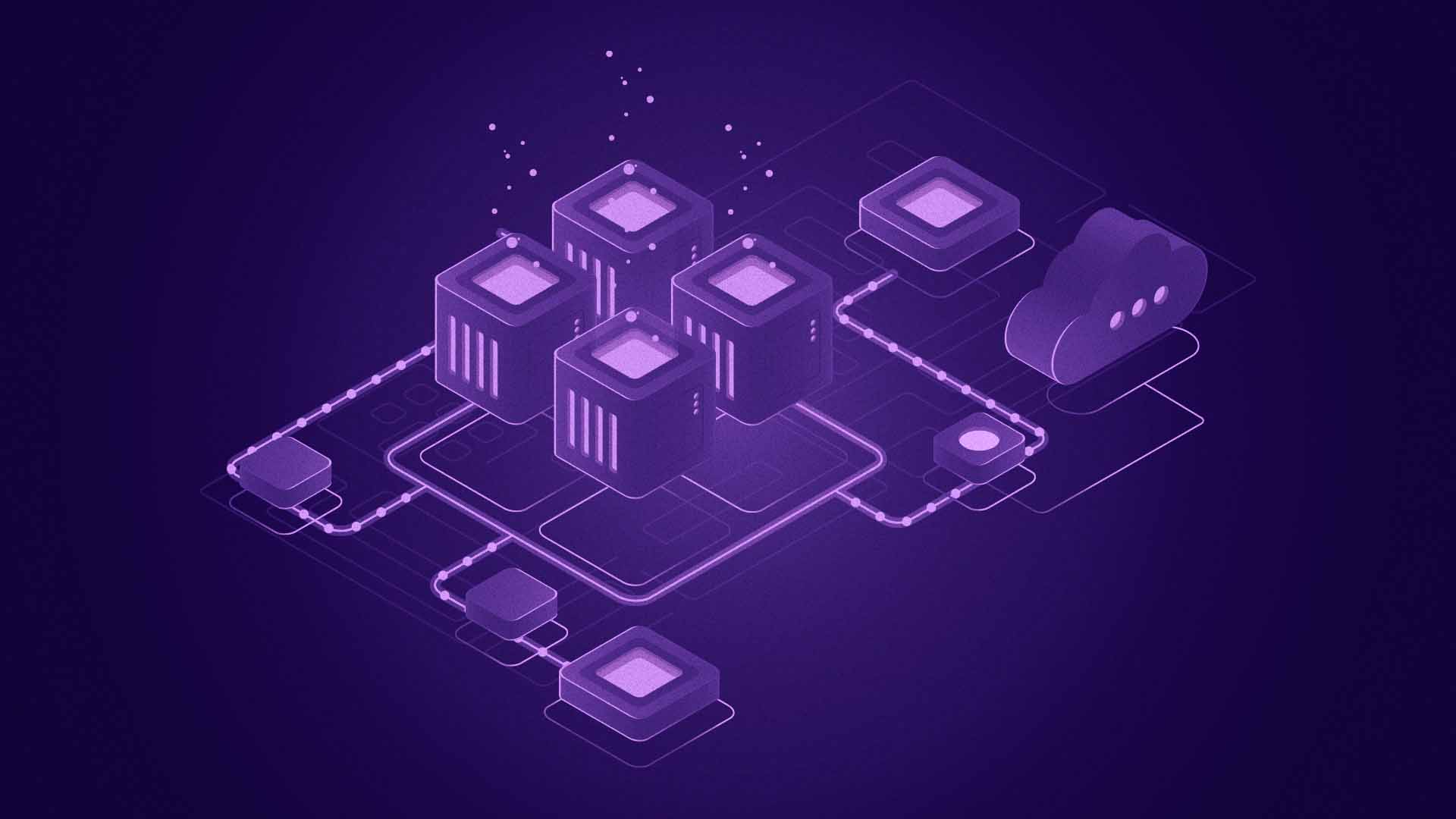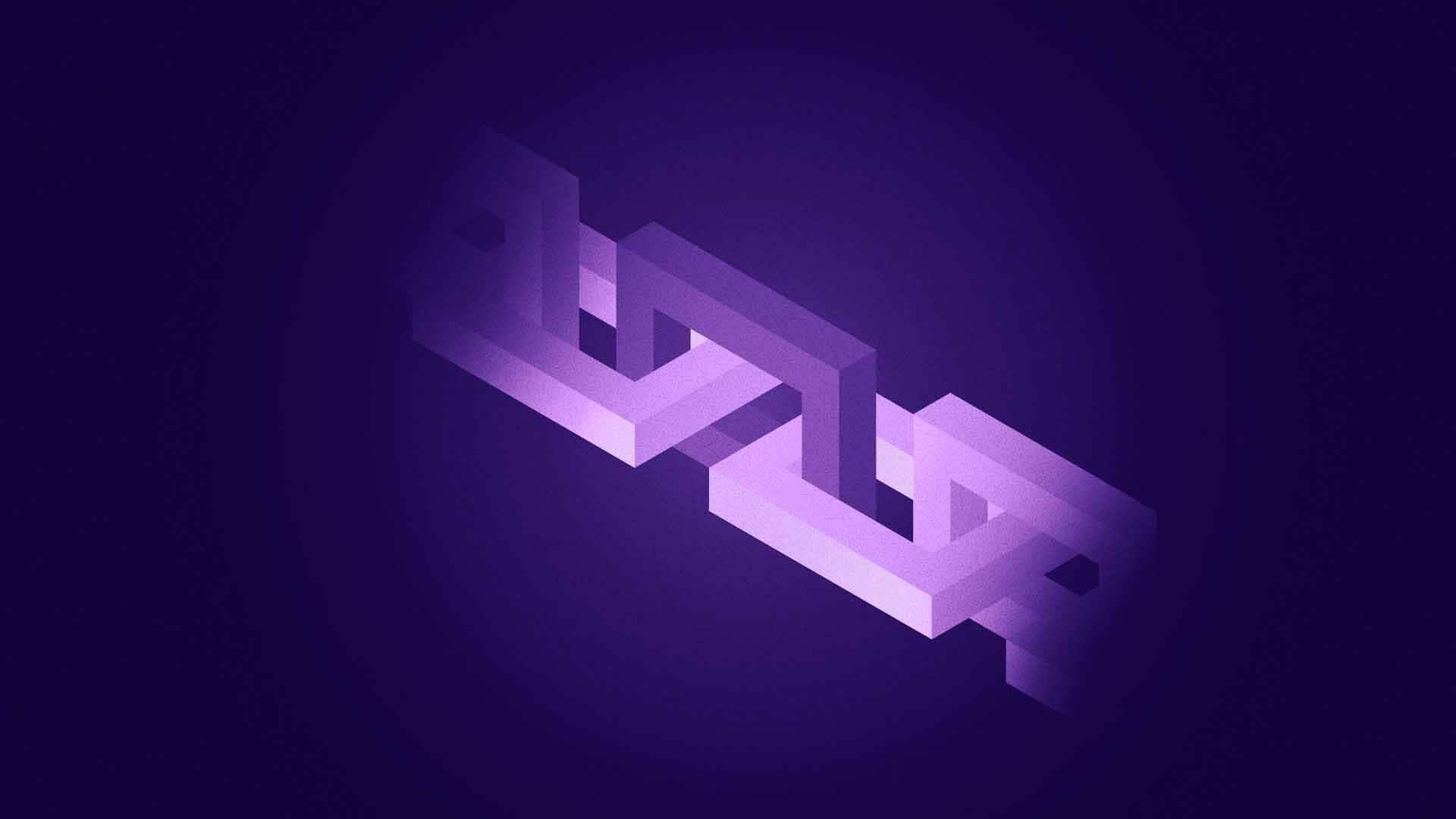Blockchain technology has long struggled with scalability and performance challenges. First-generation blockchains like Bitcoin and early Ethereum demonstrated revolutionary potential but faced significant limitations in transaction speed and network capacity. Subnets emerge as an innovative solution to these critical infrastructure problems.
Blockchain subnets are specialized sub-networks that operate within or alongside a primary blockchain, functioning like express lanes on a complex highway system. They provide a more flexible and efficient approach to handling transactions, allowing for customized network environments that can be tailored to specific performance requirements, regulatory needs, or application-specific challenges.
By creating these dedicated pathways, subnets enable blockchain platforms to overcome traditional limitations, offering improved scalability, reduced network congestion, and more targeted computational solutions.
Defining Blockchain Subnets
A blockchain subnet is a specialized, independently-managed network that operates within or alongside a primary blockchain infrastructure. These sub-networks provide a unique solution for organizations and developers seeking more tailored blockchain environments. Unlike traditional blockchain networks that enforce uniform rules across the entire system, subnets allow for granular customization of network parameters, governance, and operational mechanisms.
Key Characteristics of Blockchain Subnets
Subnets offer several critical advantages that set them apart from traditional blockchain networks:
1. Custom Rule Creation: Each subnet can establish its own set of rules, protocols, and operational parameters. This means developers can design networks that precisely match specific use cases, whether for financial applications, supply chain management, or specialized enterprise solutions.
2. Independent Consensus Mechanisms: While the main blockchain may use one consensus algorithm, subnets can implement entirely different validation methods. For example, a subnet might use Proof of Authority for a private enterprise network, while another uses Proof of Stake for a more decentralized application.
3. Flexible Governance Models: Subnets enable organizations to create unique governance structures. Some may implement more centralized control, while others can design complex democratic decision-making processes that differ from the main network’s approach.
Why Subnets Matter
Subnets are essential for modern networking, offering benefits like scalability, network independence, and flexibility. They play a crucial role in creating efficient, secure, and tailored network environments across various industries.
Key Benefits of Subnets
- Scalability
- Subnets allow networks to grow seamlessly by segmenting traffic and ensuring efficient IP address allocation.
- They reduce congestion, improve performance, and support expansion in industries such as e-commerce and cloud computing.
- Network Independence
- Subnets enable isolated environments within a network, enhancing security and control.
- They prevent disruptions in one part of the network from impacting others.
- Industries like healthcare and finance rely on subnets to secure sensitive data and critical systems.
- Flexibility
- Subnets cater to specific needs, whether it’s creating secure IoT networks, supporting remote work, or facilitating multitenancy in cloud services.
- They provide the adaptability needed for diverse use cases, from smart cities to educational institutions.
Use Cases for Blockchain Subnets
Blockchain subnets are an innovative solution that allows networks to be compartmentalized for better performance, scalability, and customization. Below are use cases showcasing how subnets can optimize blockchain technology for specific industries and applications.
1. Financial Services
Blockchain subnets address inefficiencies in traditional finance and enable secure, high-performance solutions. For instance, in cross-border payments and settlements, subnets streamline international transactions by enabling peer-to-peer payments with reduced settlement times and lower fees.
A financial institution could create a subnet specifically for cross-border payments, bypassing intermediaries and allowing instant settlements. The result is faster, cheaper, and more transparent global transactions, empowering businesses and individuals alike.
Additionally, Decentralized Finance (DeFi) platforms can leverage subnets to handle high transaction volumes while ensuring speed and cost efficiency.
For example, lending or trading protocols like Aave or Compound could deploy subnets to isolate their operations from congestion on the main network. This enhances financial inclusion and provides seamless access to decentralized services without relying on traditional institutions.
2. Gaming
Blockchain subnets are particularly suited for gaming, where low latency and fast processing are critical. A gaming company, for example, could deploy a subnet for managing in-game asset purchases, trades, and rewards. By isolating these operations, the gameplay remains unaffected by congestion on the broader network.
This improves the player experience through faster transactions and uninterrupted gameplay. Moreover, subnets enable games to implement custom economies, governance models, or specific blockchain rules, providing developers with more control over their ecosystems.
3. Enterprise Solutions
Businesses adopting blockchain can benefit from subnets by creating private and secure environments tailored to their operational needs. For example, a logistics company could use a subnet to track shipments, authenticate goods, and process vendor payments.
Such a subnet would isolate sensitive business data while ensuring transparency and efficiency across the supply chain. This enhances traceability, reduces fraud, and streamlines operations, making enterprise blockchain applications more effective.
4. DeFi Ecosystem Expansion
Subnets also support the growth of the DeFi ecosystem by allowing projects to scale without overburdening the main blockchain. For instance, a decentralized exchange (DEX) could leverage a subnet to process trades more efficiently. This eliminates network congestion, reduces transaction costs, and ensures smoother trading experiences. Consequently, the DeFi ecosystem becomes more robust, with improved user satisfaction and scalability.
Technical Overview
Subnets in blockchain networks, such as those in multi-chain ecosystems, have distinct mechanisms for consensus, transaction handling, and validator management. Here’s a detailed breakdown:
Consensus
Subnets use their own consensus protocol (like PoS or DPoS) to allow nodes to agree on the blockchain’s state. This ensures the network stays secure and reliable, even if some validators are faulty.
Transaction Handling
Transactions are processed by validators within the subnet. Validators check if the transaction is valid, and if so, it’s added to the subnet’s blockchain. Subnets can support various transaction types, including token transfers and smart contracts.
Validator Sets
Validators are responsible for securing the subnet and reaching consensus. They are selected based on staking or delegation, and each subnet can have its own set of validators, enabling customization and improved security.
How Subnets Impact the Larger Blockchain Ecosystem
Subnets can significantly impact the larger blockchain ecosystem by enabling collaborations with main chains like Ethereum, enhancing adoption, and improving usability while reducing congestion. Here’s how:
Collaborations with Main Chains
Subnets can interact with main chains (like Ethereum) through bridges or interoperability protocols. For instance, Ethereum could support a subnet tailored for specific use cases, like privacy-focused transactions or high-speed dApps, while still maintaining a connection to Ethereum’s broader ecosystem.
This allows for customized solutions on subnets while still benefiting from the security and recognition of the main chain. Subnets could also help scale Ethereum by offloading specific tasks, reducing strain on the main network.
Enhancing Adoption & Usability
Subnets allow for tailored environments that cater to specific applications or industries, such as gaming or decentralized finance (DeFi). These specialized subnets can be more efficient and user-friendly, making blockchain adoption easier for both developers and users. With lower fees, faster transaction speeds, and optimized rules, subnets can improve user experience, which can drive broader adoption across different sectors.
Reducing Main Network Congestion
By enabling transactions and operations to take place on subnets instead of the main chain, subnets help alleviate congestion on the primary network. This allows the main chain to remain efficient, with fewer transactions clogging up its capacity.
Subnets, by distributing workloads and optimizing for specific use cases, prevent bottlenecks and ensure the main chain can focus on critical tasks while subnets handle specialized operations.
In summary, subnets help improve scalability, enhance blockchain usability, and maintain the efficiency of main chains like Ethereum, all while promoting widespread adoption and reducing network congestion.
Chiliz Chain has the largest mainstream sports partner network in blockchain, and a massive potential mainstream audience. We see it as our responsibility to provide educational materials that relate to the entire sector, increasing security, understanding and adoption of this incredible technology.











